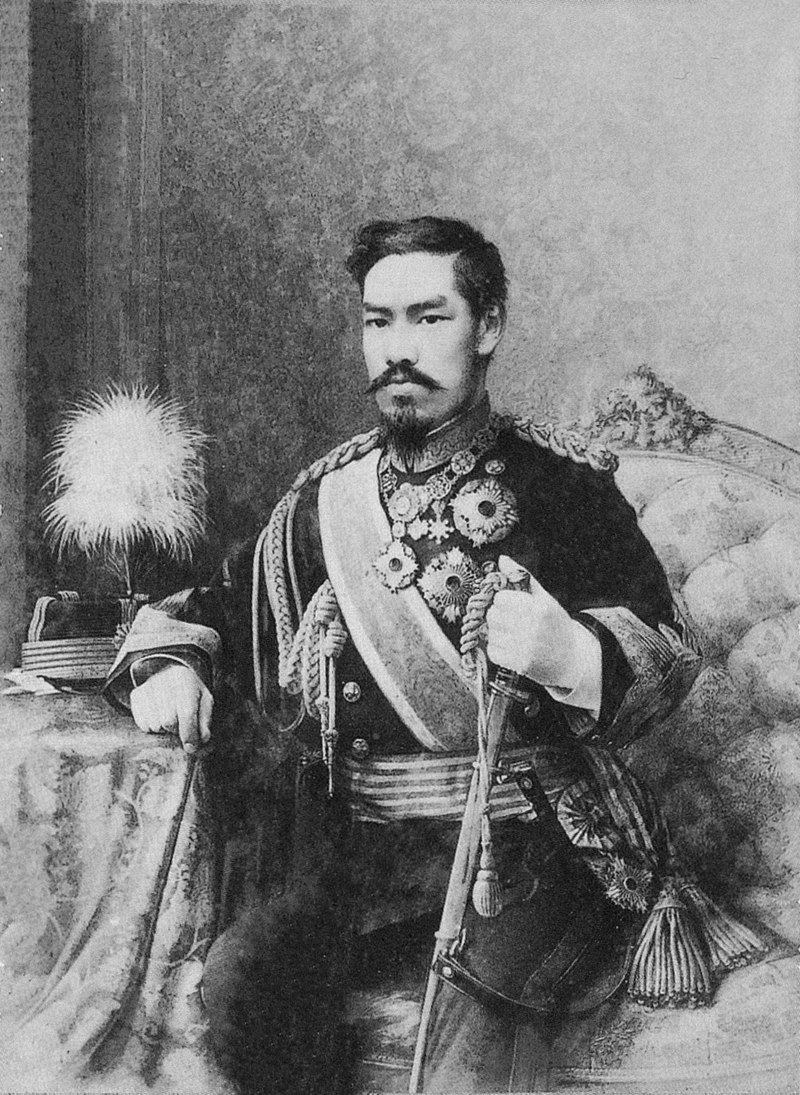In 2018, you may remember,
I planted nine pawpaw seedlings that were grown from seeds saved from the 2015 harvest (and germinated in the spring of 2016).
Over the winter, one of them died but the rest came back to life and most have seemed fairly healthy.
On the 4th of July 2019, I decided to plant nine more, the healthiest of the batch of seeds saved from the 2016 harvest (and germinated in the spring of 2017).
In the diagram below, you'll see the placement of the original nine in 2018 (these are named D2 and C4 etc) together with the placement of the 2019 planting, with the seedlings simply represented as circles with sunbursts around them.
 |
| As always, click on the pic for a better view. |
 |
| The seedlings I put in the ground in 2018 are surviving but I'm not sure they're thriving, since they look just about like the seedlings I put in the ground in 2019. |
 |
| In any case, my goal is for the trees to grow and become a natural fence between our back walkway and our neighbors' side walkway. |
 |
| Well, and I guess I have another goal in planting these: to gain extreme fame and fortune by discovering and naming a new pawpaw cultivar. But that's much much less likely than it is that I'll achieve the humbler goal of having the seventeen pawpaws grow into a fence. |
 |
| It so happens that while I was planting the seedlings, our neighbor walked by and I asked him if I could plant three pawpaws on his side of the railroad tie, so we could have more of a barrier. He was fine with that, so here they are, planted. |
 |
| And just for opulenence's sake, I thought I'd through in a pic of our cactus, which is blooming today. |
























































